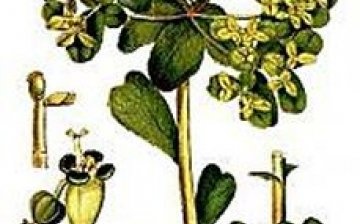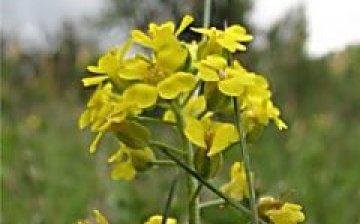Perennial euphorbia flower in the photo, its description
The euphorbia flower belongs to a perennial herb of the euphorbia family, the height of which can reach from 10 to 40 cm. The stems of the plant are erect, numerous, naked and slightly branched. And the stem leaves are linear, cypress-shaped, single-veined, sessile, tapering towards the base. Flowers are greenish-yellow, monoecious. Among the latter, one flower is feminine, and about 10 - 12 are masculine, which are collected in inflorescences.
It can be seen from the image that the spurge flower in the photo blooms from April to June. The fruit looks like a box externally.
The smallest grows in Siberia, as well as in Central Asia and on the European territory of Russia. It also grows in the fields as a weed plant and on the steppe slopes.
Medicines are prepared from the aerial part of the plant. To do this, the grass is harvested while the plant is blooming, then it is dried in the air in the shade and in ventilated rooms.
According to its chemical composition, milkweed contains flavonoids, triterpenoids, salts of tartaric and malic acids, fructose, carotene, vitamin C and tannins.
It is important that the euphorbia flower in the photo has a calming effect. But in reality - laxative, bactericidal, diuretic, anthelmintic and diaphoretic.
Medicinal infusion of the herb of the plant in the practice of traditional medicine is used for kidney diseases, tumors of the stomach and uterus, catarrh of the stomach. It is used externally and a decoction of the plant as a remedy for scabies. To remove freckles on the face and age spots, to remove warts and to treat fungal diseases of the feet, the juice of the plant is used.






